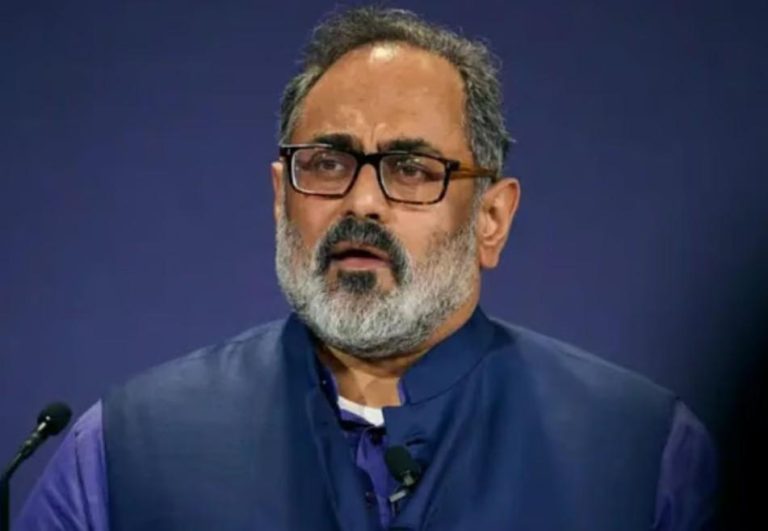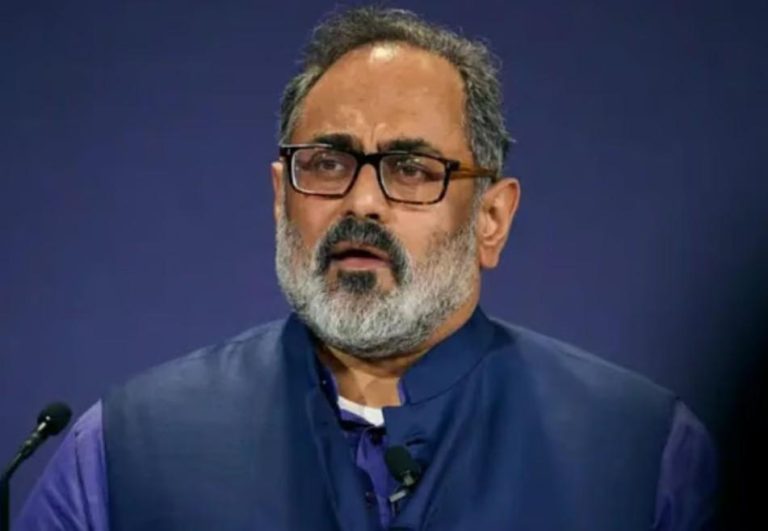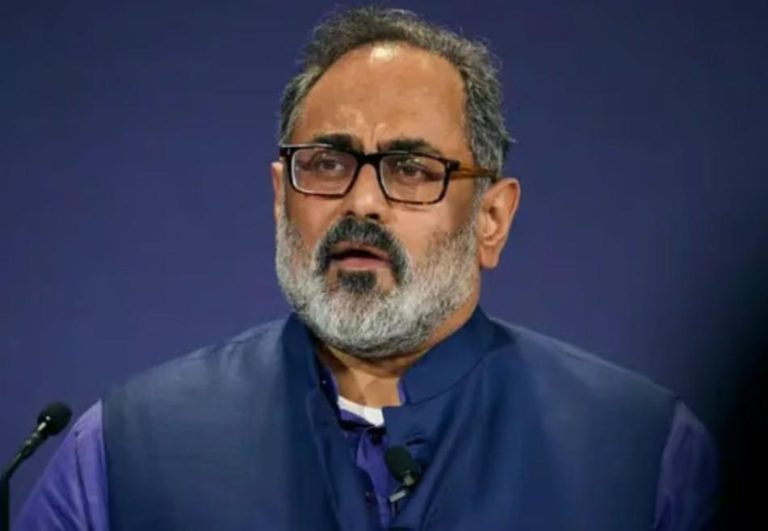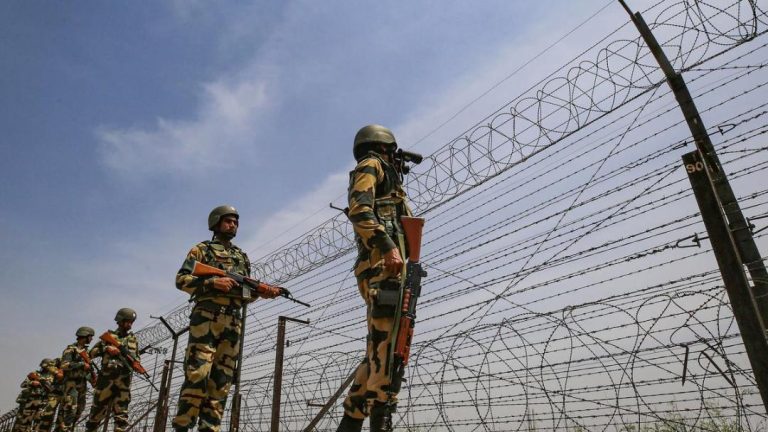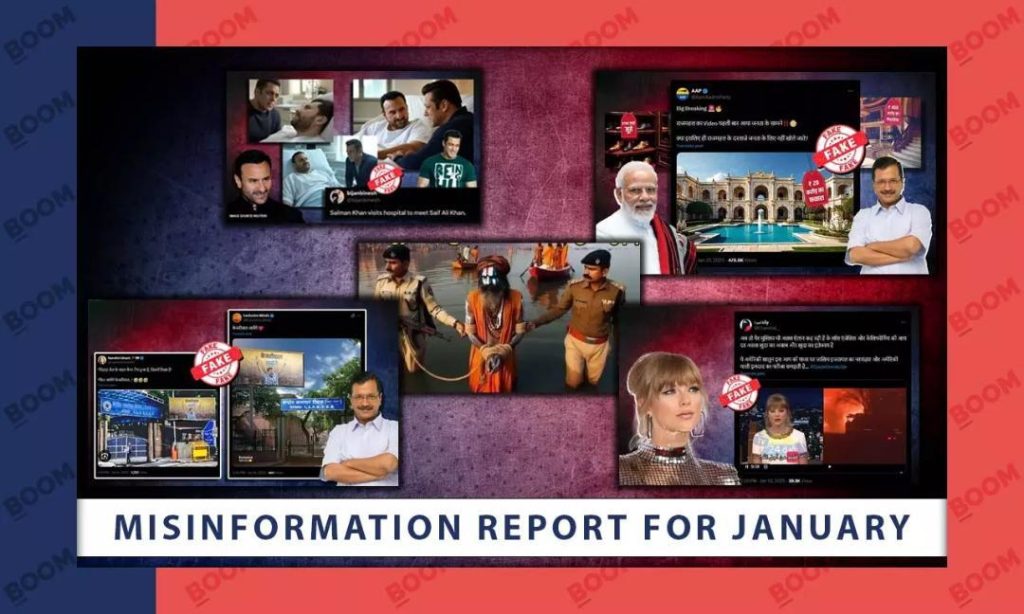
AI-Generated Misinformation Surges in January 2025
January 2025 has been a tumultuous month for fact-checkers and misinformation researchers. According to BOOM’s latest report, there has been a record rise in AI-generated misinformation, with 21 fact-checks exposing false claims. This surge in misinformation has been particularly alarming, as it has targeted major events, politicians, and communities, spreading hate and confusion on social media platforms.
The Maha Kumbh and Delhi Assembly elections were major targets of misinformation in January 2025. Fact-checkers at BOOM found numerous instances of false information being spread about these events, including claims about the Kumbh Mela being a “super spreader” event and allegations of mass conversions taking place during the festivals.
One of the most significant findings in BOOM’s report is the rise of AI-generated misinformation. This type of misinformation is created using artificial intelligence and machine learning algorithms, which can generate realistic-looking and sounding content, including videos, images, and audio clips. AI-generated misinformation is particularly dangerous, as it can be difficult to distinguish from authentic content, and can spread quickly on social media platforms.
In January 2025, AI-generated misinformation was used to spread false claims about several politicians, including Arvind Kejriwal, the Chief Minister of Delhi. Fact-checkers at BOOM found numerous instances of deepfakes, which are AI-generated videos that superimpose a person’s face onto another video. These deepfakes were used to create fake videos of Kejriwal making controversial statements and engaging in inappropriate behavior.
The use of AI-generated misinformation to target politicians is a growing concern, as it can undermine trust in institutions and create confusion among voters. In the case of Arvind Kejriwal, the false claims spread on social media were not only harmful but also misleading, as they created a narrative that the Chief Minister was involved in corrupt activities.
In addition to targeting politicians, AI-generated misinformation was also used to spread false information about Islamophobic narratives and LA wildfires. Fact-checkers at BOOM found numerous instances of fake news articles and social media posts claiming that Muslims were responsible for the wildfires in LA, as well as false claims that Muslims were planning to riot in response to the burning of a Quran.
The spread of misinformation about Islamophobic narratives is particularly alarming, as it can create an environment of hate and intolerance. In January 2025, BOOM’s fact-checking team found numerous instances of false information being spread about Islam and Muslims, including claims that Muslims were planning to take over the world and that Islam was a violent religion.
The rise of AI-generated misinformation is a growing concern, as it can spread quickly and widely on social media platforms. In January 2025, BOOM’s fact-checking team found numerous instances of AI-generated misinformation being spread on social media, including false claims about the Maha Kumbh, Delhi Assembly elections, and LA wildfires.
To combat the spread of AI-generated misinformation, it is essential to educate people about the dangers of false information and to promote critical thinking and media literacy. Fact-checkers and misinformation researchers can also play a crucial role in identifying and debunking false claims, as well as promoting fact-based information.
In conclusion, January 2025 has been a tumultuous month for fact-checkers and misinformation researchers. The rise of AI-generated misinformation has created a new challenge for fact-checkers, as it can spread quickly and widely on social media platforms. It is essential to educate people about the dangers of false information and to promote critical thinking and media literacy to combat the spread of AI-generated misinformation.
